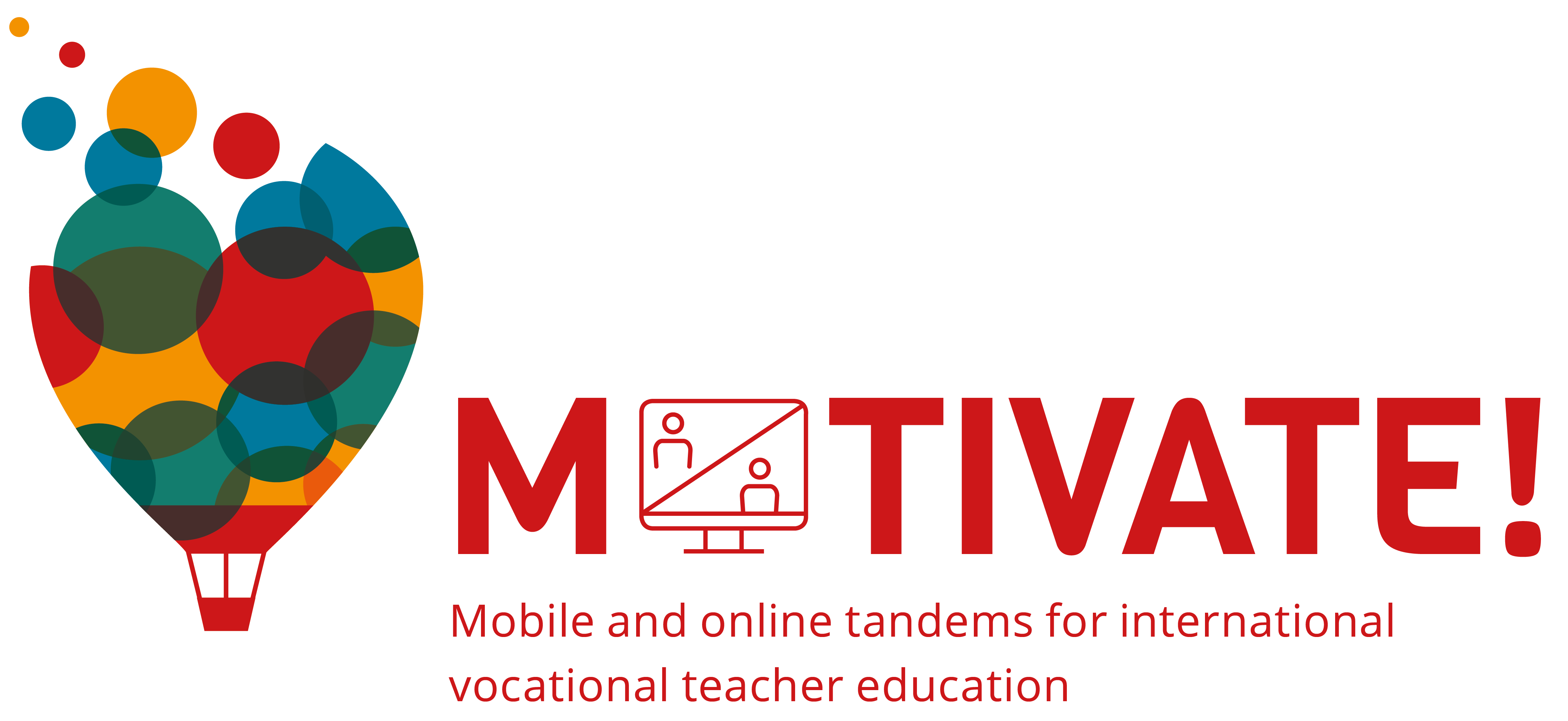- 04/03/2024
- Posted by: MOTIVATE students
PISA and PIRLS in Australia, Germany and Norway
In the homesession of Marleen and Kamilla we got the opportunity to think about measuring school performance in terms of reading, maths and science. We were introduced to two different models: Program for International Student Assessment (PISA) and Progress in International Reading Literacy Study (PIRLS). Both models are internationally done, and the results are used to view performance both nationally and to compare with other participating countries.
Over a homework we compared the results of Germany, Australia and Norway in PISA and PIRLS, as well as how these are viewed by societies and media. Here are some information that we found were the most interesting:
No one knows PIRLS
During the homesession we were asked if we know PIRLS. When we were doing research on how the outcomes of PIRLS are portrayed by the media, our answers to that question were reflected: The PIRLS results seem to be barely discussed and therefore barely known in Norway, Germany and Australia. The study evaluates reading literacy in children with 4 years of formal schooling (excluding the kindergarten or pre-primary education years) by sampling a large number of students in each participant. It takes place every 5 years since 2001.
Australian PISA and PIRLS scores were steady in comparison to decreasing scores in Norway and Germany
Australian students’ performance has remained steady since the previous cycles, while the average score across OECD countries has fallen significantly for mathematics, science and reading. This includes both Norway and Germany, where the 2022 results are the lowest ever measured by PISA and PIRLS in all three subjects.
“The PISA debacle” – “PISA disgrace” – “The dreadful state of education in Germany”
The PISA results seem to be highly discussed in Norway, Germany and Australia throughout different media sources. However, the headlines seem lurid and attention-seeking regardless of the type of newspaper. All headlines quote negative aspects even though Australian PISA results remain steady compared to the OECD average which is lower than 2018. Here is one example: “Aussie kids’ shock results in latest global education metric”.
Norwegian and German articles tend to discuss the reasons of the decrease in performance on a national level and what the current school system needs to improve. Australian articles show a tendency of discussing the results on an international level – comparing with higher scoring countries. There is also a debate about improving some aspects like equity in the education sector.
The PIRLS results seem to be little discussed in Norway, Germany and Australia, and there are few articles regarding PIRLS, especially compared to the number of articles about PISA. It seems that articles about PIRLS focus more on deeper levels like “how teachers feel about their jobs” or “how children feel about their reading capacities”, rather than providing numbers and a grand overview.
Comparing the content of Norwegian, German and Australian articles we found the same phenomenon of reporting: Australian articles again show a tendency of discussing the results on an international level, whereas Norwegian and German articles tend to discuss the reasons of the decrease in performance on a national level and what the current school system needs to improve to increase students’ performances.
We also discussed advantages and disadvantages of PISA
Eventhough experts question 1) the significance of data and 2) how results are reduced by headlines, the reporting seems to continue focussing on deficits of students. That – for us – rose the question on the impact this kind of reporting can have on students. Moreover we only found one interview where not an expert or a politician but a student speaks which we found alarming.
Another interesting aspect is the question of money: could money solve the problems, that not only the PISA results but various studies show? Like broken school buildings or the problem of unjust conditions regarding socioeconomic status that impact the experiences of school for various students. There is very little reporting on this issue compared to the amount of discussions what teachers can improve regarding their teaching performance.
All in all we recognized that it is a extencious topic and to draw a final conclusion we would have to spend even more time to dive deeper into the methods of PISA and PIRLS to asses the data. Anyways, we also see the advantage of comparing educational systems internationally and get the possibilities to learn from other countries.
Reflections on the results
What we found out led us to ask and reflect on multiple questions, such as: “Why are the Australian results steady while German and Norwegian results keep declining?” and “Why do German and Norwegian results keep getting worse?”.
One of the most common beliefs on this subject is the increased digitalization. The world is becoming more technological and digital, which many believe are leading to decreased attention-spans and less need to know things by heart since all the answers are only a few clicks away. We also write less by hand and in general read less, both of which can have a big impact on school performances. This digitalization can be one of the causes of the declining results of Germany and Norway. However, we can also ask ourselves: why are Australia not declining, but remaining steady? Some possible causes can be that Australian schools use the digitalization in a more effective and pedagogical way, or that they simply don’t use screens as much.
Another article focussed more on the increase of testing and the decrease of education and how this is connected. Also articles debated on manipulating the ranking by picking out good students and not randomly choosing them, which seemed to be done by some participating countries. To sum it up, we agree with the quote “PISA is overinterpreted”.








